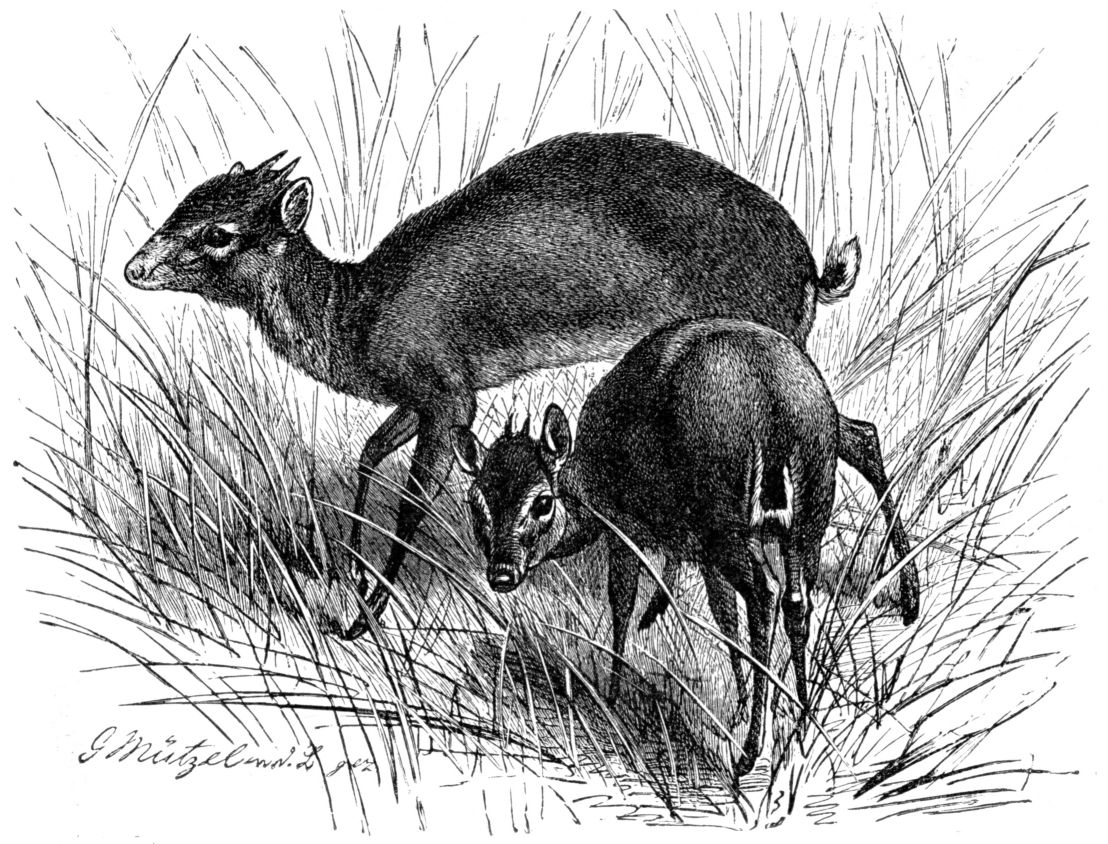
- Native Capital: Serowe
- Language: Sengwato
- Current Chief: Kgosi Serogola Seretse [Regent]
- Totem: Phuti[ Duiker ]
Intro
The Bamangwato (more correctly BagammaNgwato, and also referred to as the BaNgwato or Ngwato) is one of the eight “principal” Tswana chieftaincies of Botswana. They ruled over a majority Bakalanga population (the largest ethnic group in Central District), with minorities including the Basarwa, Birwa and Tswapong. The modern Bamangwato formed in the Central District, with its main town and capital (after 1902) at Serowe. The paramount chief, a hereditary position, occupies one of the fifteen places in Ntlo ya Dikgosi, the national House of Chiefs.
The core population of the Bamangwato are an 18th-century offshoot of the Bakwena people, but members in the Bamangwato kingdom came from many sources, as was the case with all of the major 19th-century African kingdoms. Sir Seretse Khama’s paternal forebears, the chiefs of the Bamangwato, had built several prior capitals including Shoshong and Phalatswe, also known as Old Palapye (Before the advent of colonial administration and fixed infrastructure, it was common for a town to move when the local environment degraded). Khama and the Protectorate administration created the modern borders of the Central District in Botswana.
The Sengwato language caused excitement in linguistic circles in 1998 when it was realized that it contained a unique f-s sound.
Seretse Khama, Botswana’s first president, was the Kgosi (king/chief) of the Bamangwato, and his son, Botswana’s fourth President Ian Khama, is the tribe’s de facto paramount chief.
Totem
The totem of the BaNgwato is the duiker or phuti in Setswana. The story goes that this small antelope saved the life of Kgosi Khama III. During the tribal wars, Khama was being pursued by the Matebele tribe when he hid himself in a bush with a phuti. His enemies searched for him only to find the animal. The phuti sprang from the bush and Khama’s enemies assumed he could not be hiding there.
| Leaders Of Bangwato Tribe | Period |
|---|---|
| Kgosikgolo Serogola Seretse | 22 Apr 2022 to present(Regent) |
| Kgosikgolo Sediegeng Kgamane | 5 May 1979 to 22 Apr 2022(Regent) |
| Kgosikgolo Mokgatsha Mokgadi | 1974 to 1979 (Tribal Authority) |
| Kgosikgolo Leeapeetswe a Tshêkêdi | 1969 to 1974(Regent) May 1964 to 1969 (Tribal Authority) |
| Kgosikgolo Rrasebolai a Gorewang George | 13 May 1953 to May 1964 (African Authority) |
| Kgosikgolo Keabôka Kgamane | 13 Mar 1950 to 26 May 1952 (African Authority) |
| Kgosikgolo Sêrêtsê a Sekgoma a Kgama aka Seretse Khama | 23 Jun 1949 to 8 Mar 1950 |
| Kgosikgolo Tshêkêdi a Khama | 4 Oct 1933 to 23 Jun 1949 (2nd Term Regent) |
| Kgosikgolo Serogola a Gagoitsege | Sep 1933 to 4 Oct 1933 (Acting Regent) |
| Kgosikgolo Tshêkêdi a Khama | 19 Jan 1926 to 14 Sep 1933 (1st Term Regent) |
| Gorewang a Khamane | 17 Nov 1925 to 19 Jan 1926 (Chairman of the Council of Regency) |
| Kgosikgolo Sekgoma II a Kgama Leraraetsa | 21 Feb 1923 to 17 Nov 1925 |
| Kgosikgolo Khama III Boikanyo a Sekgoma | 1875 to 21 Feb 1923 (2nd Term) |
| Kgosikgolo Sekgoma I a Kgari Mmaphiri | 1873 to 1875 (3rd Term) |
| Kgosikgolo Khama III Boikanyo a Sekgoma | 1872 to 1873 (1st Term) |
| Kgosikgolo Matsheng a Kgari | 1866 to 1872 (2nd Term) |
| Kgosikgolo Sekgoma I a Kgari Mmaphiri | 1859 to 1866 (2nd Term) |
| Kgosikgolo Matsheng a Kgari | 1857 to 1859 (1st Term) |
| Kgosikgolo Sekgoma I a Kgari Mmaphiri | 1835 to 1857 (1st Term) |
| Kgosikgolo Khama II a Kgari | 1833 to 1835 |
| Kgosikgolo Sedimo a Molosiwa | 1828 to 1833 |
| Kgosikgolo Kgari a Kgama Pebane | 1817 to 1828 |
| Kgosikgolo Khama I a Mathiba | 1795 to 1817 |
| Kgosikgolo Mathiba a Moleta | 1780 to 1795 |



